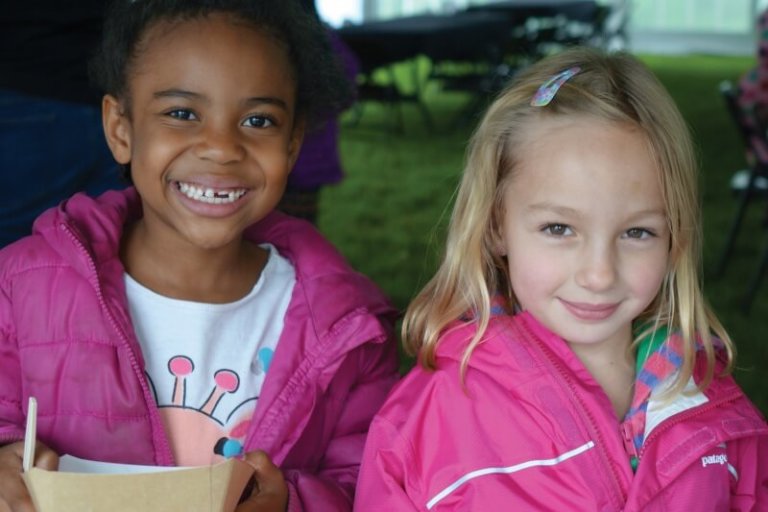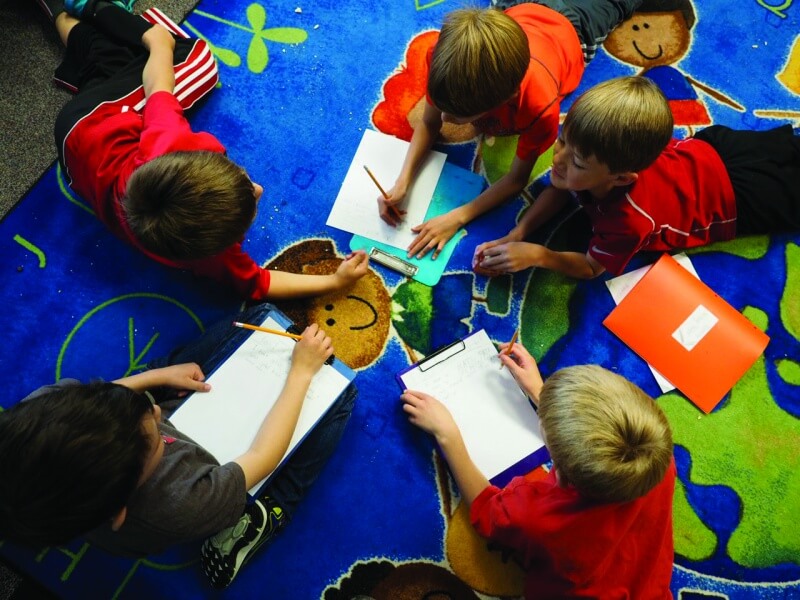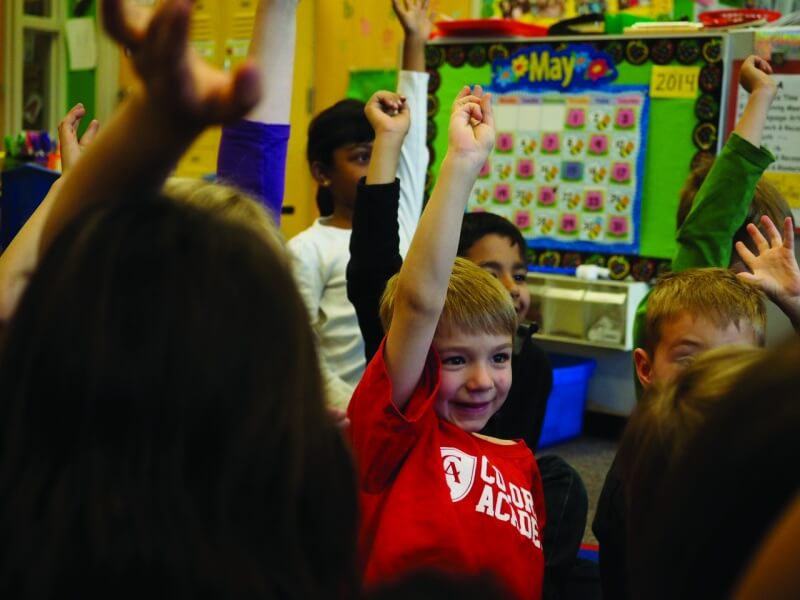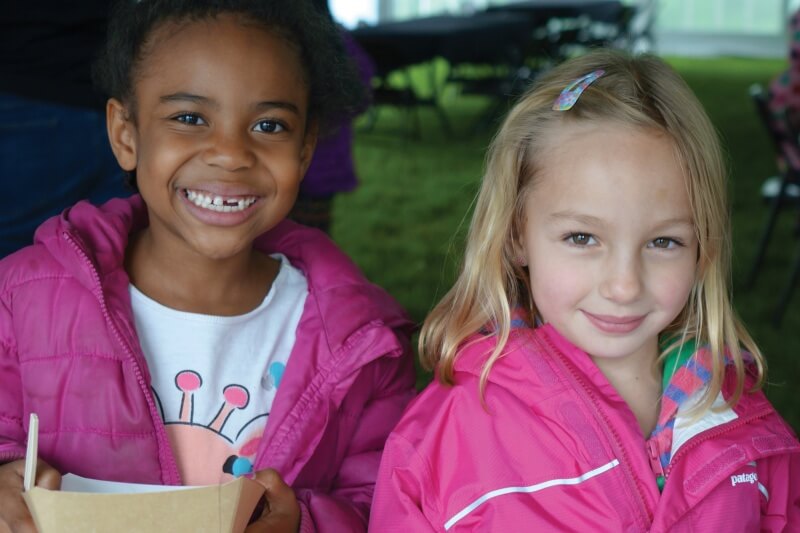“I’m a parent,” says Leslie Webster, Colorado Academy Senior Instructor for Kindergarten students, “and so I know that every parent coming to CA has an intense love—and perhaps some irrational fears—for their children. I am aware of that every day that I teach.”
Webster is channeling a universal parent-child dynamic: When parents drop their children off at school, sure, they want the kids to receive a top-notch education. But even more, they want children to be cared for by their teachers.
Both have been more assured by a re-structuring of the Kindergarten classes and classrooms at CA, starting with the 2016-2017 school year.
“Years ago, at CA and at almost every independent school like CA, team teaching [in Kindergarten] was de rigueur,” says Dr. Lisa Ulsh, Principal of the Lower School, which at CA includes Pre-K through Fifth Grade.
“I’m a parent,and so I know that every parent coming to CA has an intense love—and perhaps some irrational fears—for their children. I am aware of that every day that I teach.”
“But the research on that has changed,” says Ulsh, “in favor of improving the quality of the teaching environment.”
“We used to have 30 children in a classroom with three teachers,” says Webster, “then it went to two classrooms of Kindergarteners with two teachers in each. But sometimes, team teaching isn’t what’s best for kids.”
“We asked the faculty,” says Ulsh, “‘What is best for 5 and 6 year-olds? How will they learn best?’ And the answer was ‘Allow us to teach the children un-teamed.’”
So the CA Kindergarten has been restructured, beginning with this school year. “We’ll have three individually taught Kindergarten classrooms,” says Ulsh, “contiguous to each other, but self-contained. Each teacher will have her own classroom, with about 13 to 14 students in each.” Ulsh names off the three Kindergarten teachers: “Sarah Ingham, Leslie Webster, and Christine West, each with a wealth of experience and expertise.”
“This way,” says Ulsh, “there will be more autonomy in the classroom, plus a low student-to-teacher ratio. What is unique about our program is that literacy and math teachers will back the homeroom teacher and even co-teach with them if there’s a need for special attention or work with an individual student.”
“Also,” adds Ulsh, “students stay in their small Kindergarten class groups to go to special classes such as technology, library, Spanish, science, music, art and PE. That carries on a big tradition at CA. Virtually every independent school has this rich a program, but what is special about CA is that, for our students, this is a regular part of their daily program, not something just once a week.”
“The [three Kindergarten] teachers are very excited,” says Ulsh. “As a principal, it’s my job to ensure that each teacher will have the same curricular focus in each classroom and, as a team, they will meet multiple times a week to share ideas and collaborate.
All the children will grow and develop with the same educational goals in mind and will receive care and attention from their teachers.”
Says Kindergarten Teacher Sarah Ingham: “I’m looking forward to having more one on-one with each student and being able to tailor instruction to students’ needs. I believe children will develop deeper friendships within a smaller class. The parent teacher connection will be stronger as well.”




